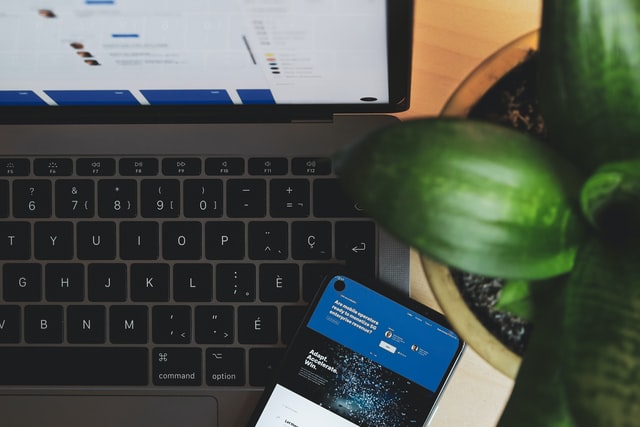8 Ways to Bootstrap Your Digital Product
- Bootstrapping

4 min read
When it comes to building a digital product, you probably have a lot of questions on your mind, from what to build and how to do market research. You might also be wondering how you'll find the money to fund your project and whether or not there are any potential partners you can work with. It's a big undertaking! Think you need a lot of money to start your own digital product? Think again.
From time to time you see articles or discussions about the viability of making a digital product without any funding. These are called bootstrapped products. The idea is that all of your money is going into making the product and then you'll use profits to grow and market the product.
This blog post will walk you through 8 ways to bootstrap your digital product.
What is a bootstrapped digital product?
A bootstrapped digital product is one that was made without any external funding. The most popular example is a software program, but it also refers to other things like blogs and even mobile apps. Many successful companies have started out as bootstrapped digital products, including Google and Airbnb.
8 ways to bootstrap your digital product
Bootstrapping a digital product can be a great way to launch your idea at a low cost and with not much risk.
Whether you're a small business owner, solo entrepreneur, startup founder, or just someone with an awesome idea, bootstrapping your digital product can be a great way to get started. However, you're not going to want to start out on the wrong foot. In this blog post we'll go over 8 ways to begin your digital product without spending any money.
1. Don't reinvent the wheel
99.9% of the time, you don't need to design your own logo, website, and app icon from scratch. In fact, it's often best if you simply pick from a pre-existing set. Of course, there are exceptions.
2. Use tools that you're familiar with
This is one of the most important pieces of advice that you'll read today. If you already know how to use the tool, it's a lot easier to get started and finish the project.
3. Start small
You're not going to create the next Facebook or Google with your first product. In fact, it's best to create a product that you can complete within a few hours.
4. Get feedback
Ask for feedback from family and friends. Feedback is key to becoming a better designer.
5. Keep it simple
Don't try to create something overly complex with your first few products. You're not going to become a better designer by creating overly complex designs.
6. Don't give up
If your first product fails, try again. Remember that there are plenty of successful entrepreneurs had multiple failed business attempts before they found success. Product design is a process and you're going to make plenty of improvements along the way.
7. Give people value
Instead of creating a physical product, create a digital product that provides value to others . This is another great way to learn about the product design process. In the end, you'll end up with a product that could be sold to others.
8. Make sure your products are something people will want
It is easy to get caught up in being technically incredible, but your products must solve a problem and be something people will want.
Problems of a digital product launch
Bootstrapping your product can be a great way to launch. It allows you to get feedback on your idea before spending money on it, and it enables you to keep all of the profits if the product is successful. While there are many benefits of bootstrapping, there are also some challenges that come with it. Some people say that there's no need for a website or mobile app if you're bootstrapping because you can still sell through Facebook and other social media platforms. However, this means that only those who have access to these sites will be able to buy your product and will limit your customer base.
The key to building your digital product properly is to create a product that will be marketable and sustainable. You want it to succeed, not just yourself.